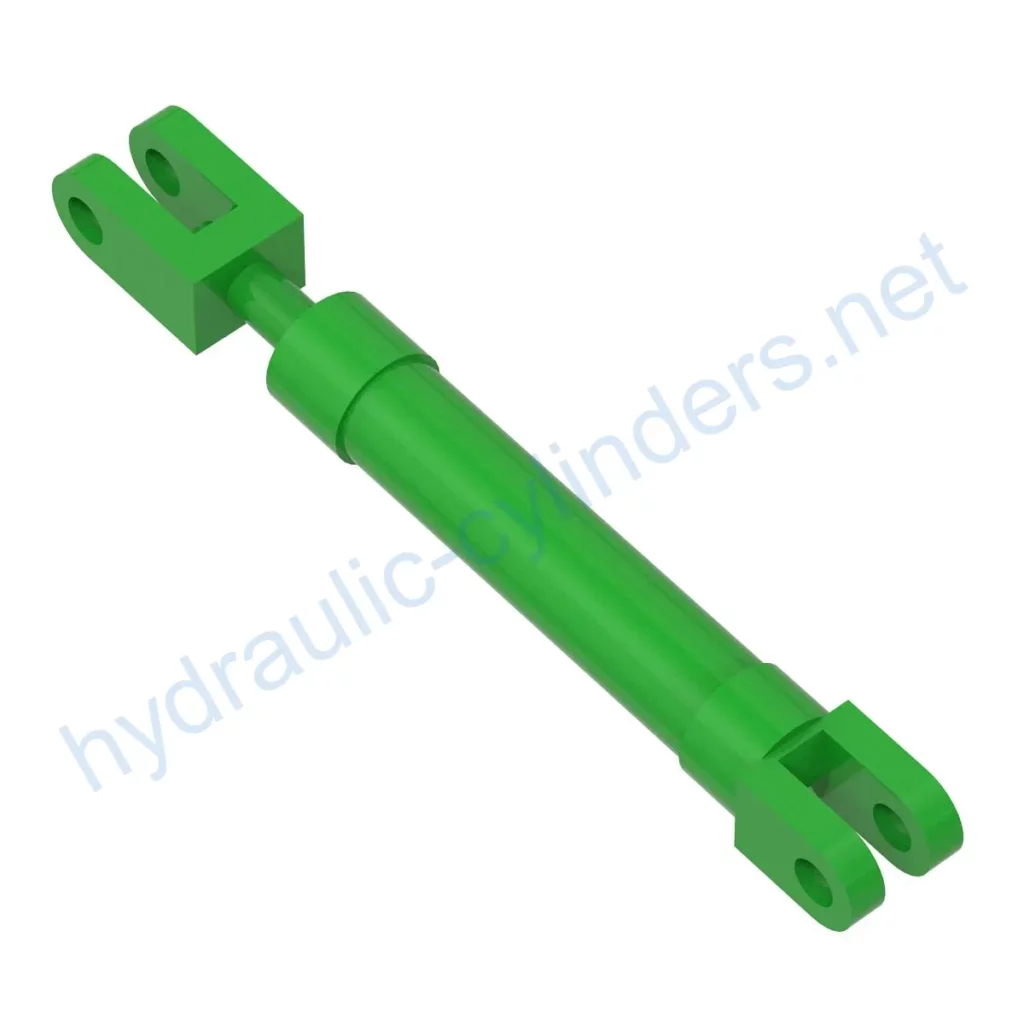Replacement Of AN193822 Vane Compactor Hydraulic Cylinder
Product Introduction
The Replacement Of AN193822 Vane Compactor Hydraulic Cylinder is a hydraulic cylinder designed to replace the original AN193822 model. It is used in various applications to provide compacting force. This hydraulic cylinder plays a crucial role in maintaining the proper functioning of equipment.
Specifications and Models
Specifications:
- Weight: 14.56 lb
- Height: 2.55 in
- Width: 3.3 in
- Length: 22.3 in
Models: 450, 730, 730LL, 740A, 748, 750A, 1890, 2700, 7455, 7460, 9935
Product Features
- Improved Equipment Performance: Replacing damaged or worn hydraulic cylinders can restore the normal operation of equipment, ensuring its performance in various applications.
- Enhanced Safety: Regularly replacing hydraulic cylinders can reduce safety risks caused by cylinder failures, ensuring the safety of operators and equipment.
- Overload Protection: New cylinder designs often incorporate better overload protection mechanisms, increasing overall safety.
- Quick Installation: Modern hydraulic cylinders are designed for easy installation and replacement, minimizing downtime.
- Standardized Components: Many hydraulic cylinders are standardized products, making it easier to obtain replacement parts in the market.
Applications
- Excavators: Hydraulic cylinders in excavator arms or buckets may get damaged due to prolonged use or overload, requiring replacement to restore normal operation.
- Cranes: Crane boom hydraulic cylinders are prone to wear during frequent lifting and lowering, necessitating regular replacement to ensure safety.
- Tractors: Front-end loader hydraulic cylinders in tractors may experience leaks or performance degradation due to continuous lifting and tilting operations, requiring replacement.
- Harvesters: Hydraulic systems in harvesters endure high pressures during the harvesting process, and fatigue can lead to cylinder damage, requiring timely replacement to maintain work efficiency.
- Automated Production Lines: Hydraulic cylinders are used to control robotic arms and other automated equipment. Cylinder failures can significantly impact production efficiency, necessitating immediate replacement.
- Die Casting Machines: Hydraulic cylinders in die casting machines may experience performance degradation in high-pressure and high-temperature environments. Regular replacement ensures product quality.
- Mining Equipment: Hydraulic cylinders are used for lifting and moving heavy loads in mining equipment. Due to harsh working conditions, regular inspection and replacement are necessary to avoid equipment failure.
- Bulldozers: Wear of hydraulic cylinders on bulldozer blade arms can lead to a decrease in pushing capacity, requiring timely replacement to maintain operational efficiency.
Maintenance Tasks
- Regular Inspection: It is important to regularly inspect hydraulic cylinders for any signs of damage or wear.
- Proper Lubrication: Adequate lubrication is essential for the smooth operation of hydraulic cylinders. Use the recommended hydraulic oil and lubricate as per the manufacturer’s instructions.
- Seal Replacement and Calibration Check: Periodically replace seals to maintain the cylinder’s sealing integrity. Additionally, check and calibrate the cylinder to ensure optimal performance.
Safety and Environmental Considerations
When using hydraulic cylinders, it is important to follow safety precautions to prevent accidents. Proper handling, installation, and maintenance are crucial for the safe operation of equipment and the protection of individuals.
Troubleshooting and Common Issues
Common issues with hydraulic cylinders include leaks, reduced performance, and erratic operation. Here are some troubleshooting tips:
- Leakage: Check the seals and connections for any leaks. Replace damaged seals or tighten loose connections.
- Reduced Performance: Inspect the cylinder for signs of wear or damage. If necessary, replace worn components or seek professional assistance.
- Erratic Operation: Check for any obstructions or misalignments. Ensure proper lubrication and calibration.
Preventive Measures
To minimize potential issues, consider the following preventive measures:
- Regularly inspect and maintain hydraulic cylinders according to the manufacturer’s recommendations.
- Follow proper installation, lubrication, and adjustment procedures. Provide guidance on aligning the cylinder correctly and recommend the use of suitable installation brackets for securing the cylinder.
- Recommend inspection, repair, and replacement procedures. Offer replacement parts and rebuilding services to extend the lifespan of the hydraulic cylinders.
- Provide tips to improve the longevity of hydraulic cylinders, such as using proper maintenance techniques and following recommended operating parameters.
Product Design and Selection Criteria
When considering the design and selection of hydraulic cylinders, several factors should be taken into account:
- Load-Bearing Capacity: The cylinder should be able to handle the intended load.
- Sealing: High-quality seals should be used to ensure proper sealing and prevent leakage.
- Durability: The cylinder should be constructed from durable materials to withstand demanding operating conditions.
- Safety: Incorporate safety features to prevent accidents and ensure operator well-being.
- Maintainability: Consider ease of maintenance, including access to components for repair or replacement.
Sealing and Lubrication
Hydraulic cylinders employ various sealing components, such as piston seals and rod seals, which are made from abrasion-resistant materials like polyurethane and nitrile rubber. The cylinder body and threaded ends undergo precise treatment to enhance wear resistance. Regular lubrication is necessary to ensure smooth operation. Use the recommended hydraulic oil for lubrication purposes.
Regular Inspection and Preventive Maintenance
Regularly inspecting hydraulic cylinders and implementing preventive maintenance measures is crucial for their longevity and optimal performance. Proper installation, lubrication, and adjustment are essential. During installation, provide guidance on aligning the cylinder correctly and recommend the use of appropriate installation brackets for secure fixation. Additionally, recommend inspection, repair, and replacement procedures to help extend the lifespan of the hydraulic cylinders.
Safety Considerations and Environmental Factors
When utilizing hydraulic cylinders, safety measures should be strictly followed to prevent accidents and ensure the well-being of operators. Consider the importance of safety precautions when working with hydraulic equipment and

